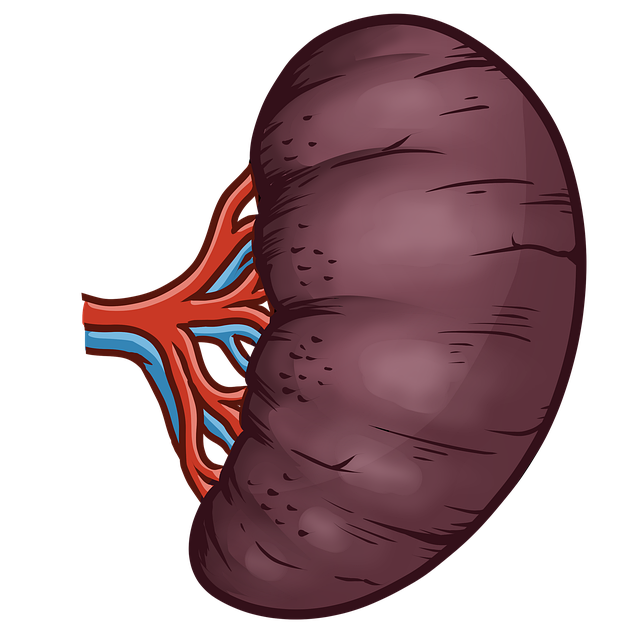Internal linking for SEO plugins are essential tools that simplify and optimize the process of connecting relevant content within a website, enhancing user experience and search engine visibility. By identifying strategic backlinks, ensuring contextual relevance, and automating link placement, these plugins significantly boost site performance, keyword rankings, and organic traffic. Using transactional keywords in landing page headlines, like "improve internal linking," attracts users seeking SEO solutions, aligning with their intent and increasing conversion rates. Regular analysis of metrics provided by the plugin allows for data-driven optimizations, ensuring continuous improvement in website authority and search results visibility.
In today’s digital landscape, internal linking plays a pivotal role in enhancing website navigation and boosting search engine optimization (SEO). This article delves into the strategic significance of internal linking as the cornerstone of any robust SEO strategy. We explore why adopting a transactional keyword for landing pages offering tools tailored for internal linking can significantly improve user engagement and search rankings. Discover how to craft compelling headlines, optimize landing pages, integrate seamless tools, and measure success through key analytics post-launch, all while leveraging the power of an internal linking for SEO plugin.
- Understanding Internal Linking: The Cornerstone of SEO Strategy
- Why Choose a Transactional Keyword for Your Landing Page?
- Crafting the Perfect Internal Linking for SEO Plugin Headline
- Optimizing Your Landing Page for Maximum Engagement
- Integrating Tools for Seamless Internal Linking Experience
- Measuring Success: Analyzing Key Metrics Post-Launch
Understanding Internal Linking: The Cornerstone of SEO Strategy

Internal linking is a fundamental component of any search engine optimization (SEO) strategy. It involves creating hyperlinks between pages within your website to enhance user experience and guide search engines on how to crawl and index your content. When implemented effectively, internal linking can significantly improve your site’s SEO performance.
Using an internal linking for SEO plugin simplifies this process by allowing you to create relevant backlinks within your site’s architecture. These plugins offer tools to identify keywords and pages that can benefit from internal links, ensuring each connection is contextually relevant and beneficial both for users and search engines. By following best practices in internal linking for SEO strategy and leveraging the right plugins, websites can see improvements in their SEO for various target keywords and overall organic visibility.
Why Choose a Transactional Keyword for Your Landing Page?

Choosing a transactional keyword for your landing page is a strategic move that can significantly enhance your search engine optimisation (SEO) efforts, especially when promoting an internal linking tool. Transactional keywords are action-oriented phrases that indicate user intent to complete a specific task, such as “buy now” or “sign up.” When selecting a keyword for your internal linking for SEO plugin landing page, you’re essentially inviting visitors to take a desired action—a crucial aspect of conversion rate optimisation.
This approach is particularly effective because it aligns with the searcher’s intent. If someone is on your site, looking for ways to improve their internal linking for SEO strategy or optimise their website through efficient internal linking for SEO SEO, they’re already interested in taking steps towards better SEO. Using a relevant transactional keyword, like “improve internal linking,” can capture this intent and guide users directly to the solution you offer, making it easier for them to discover and utilise your tool for enhancing their internal linking for SEO optimization.
Crafting the Perfect Internal Linking for SEO Plugin Headline

Creating an effective internal linking for SEO plugin headline is a crucial step in optimizing your website’s structure and boosting its search engine rankings. A well-crafted headline should be enticing, relevant to your target audience, and include key terms like “internal linking for SEO tips” or “internal linking for SEO optimization“. This not only catches the attention of visitors but also signals to search engines that your page offers valuable insights into internal linking for SEO strategy.
When crafting your headline, consider using a clear and concise call-to-action. For instance, “Unlock the Power of Internal Linking: Essential SEO Tips for Optimal Website Structure” or “Revolutionize Your SEO Strategy: Mastering Internal Linking for Enhanced Optimization”. Incorporating these phrases not only enhances readability but also positions your page as an authority in the realm of internal linking for SEO optimization. Remember, a compelling headline is just the beginning; the content that follows should provide actionable internal linking for SEO tips to truly benefit your audience and search engine algorithms alike.
Optimizing Your Landing Page for Maximum Engagement

To optimize your landing page for maximum engagement, start by integrating internal linking for SEO as a core component of your strategy. Using an internal linking for SEO plugin can streamline this process, enabling you to seamlessly connect relevant content within your site. This not only improves user experience but also enhances your website’s authority in the eyes of search engines, making it a crucial element of any effective internal linking for SEO tutorial.
By strategically placing links to related articles or resources throughout your landing page, you can guide users on a journey through your content, encouraging them to delve deeper into your site. This interconnectedness also reinforces the internal linking for SEO strategy by helping search engines understand the context and relevance of your pages, thereby boosting your website’s visibility and performance in search results.
Integrating Tools for Seamless Internal Linking Experience

In today’s digital landscape, efficient internal linking is a cornerstone of any successful SEO strategy. Integrating tools designed for this purpose offers a seamless experience that enhances both user navigation and search engine indexing. Plugins dedicated to internal linking for SEO serve as powerful allies in this quest. They automate the process, ensuring each link is not just present but strategically placed to drive traffic and authority across your website.
By leveraging these plugins, you can implement internal linking for SEO tips and optimization with ease. They provide insights into page connectivity, allowing you to understand how links impact your overall SEO for internal linking. This knowledge enables informed decisions on anchor text usage, link placement, and the overall architecture of your site’s information hierarchy.
Measuring Success: Analyzing Key Metrics Post-Launch

After launching your optimized landing page featuring tools for internal linking, it’s crucial to measure success by analyzing key metrics. Keep a close eye on traffic sources and user behavior to understand which strategies are driving the most relevant visitors. The internal linking for SEO plugin should provide insights into click-through rates (CTRs) from linked pages, helping you gauge the effectiveness of your internal linking for SEO strategy.
Monitor bounce rate and average session duration to assess how engaged users are once they land on your pages. These metrics will indicate whether the implemented internal linking for SEO optimization is successfully guiding visitors towards valuable content and improving their overall experience. Regularly review these analytics to refine your internal linking for SEO SEO approach and continually enhance your website’s performance.
